Ford Everest review and buyer’s guide
There’s plenty to like about the 7-seat Ford Everest for hardcore off-roading and heavy towing thanks to its big V6 diesel. But is it wise dropping up to $80K on Ford these days?
The Ford Everest is essentially a Ranger ute with a box on the back, but that doesn’t stop it being the second most popular 4X4 seven-seat off-road wagon on the market.
Where three-row SUVs are, by design, relegated to light-duty gravel roads and the occasional puddle en route to a tourist attraction, the hardcore low-range transmission performance of an Everest, an MU-X or Pajero Sport cannot be beaten by the family breeder bus.
So in this report, we’re going to analyse why you might buy a Ford Everest, which one might be worth considering, and we’re going to balance it out by giving you a no-holds barred appraisal of what is not-so-good about bringing home a Ford to meet the family.
Ford Everest sales were solid in 2023. By year’s end Ford moved over 15,000 Everests, a sales victory of 6 per cent (about 1000 units) over nearest direct rival the Isuzu Ute MU-X on 14,100, and a further 63 per cent (about 14,5000 units) more than Mitsubishi Pajero Sport which got absolutely trounced by the big bad Ford.
Toyota Fortuner sales were nowhere on just 3600, and only the Toyota Prado brought the rain by shifting 20,000 units, despite being a 10-year-old platform. So given all this sales data suggesting so, surely it should be declared the Everest is the unequivocal choice for a 4X4 wagon. Not quite.
This report is not an outright recommendation of Everest by AutoExpert. Why? Because there are too many risky components to owning an Everest - and it starts with Ford Australia.
Certainly, Everest might be the right tool for the job, but Ford Australia has a history of being sub-standard when it comes to customer support. Just be aware of this and make an informed choice.
You can option an Everest in a variety of ways, including rear-wheel drive or four-wheel drive, you can have the 2.0 twin-turbo four-cylinder engine or the big V6, and pricing starts in the mid-50 grand area and peaks in the mid-70 grand for a Wildtrack version. This variability is useful.
There’s also a Raptor version, but we’ll avoid that one here because it’s essentially a hot-rod performance truck that sells itself and requires very little in-depth analysis.
FEATURES & PRICING
AMBIENTE
RWD 2L bi-turbo 4-cyl | before on-road costs: $53,500 approx.
4X4 2L bi-turbo 4-cyl | before on-road costs: $58,500 approx. (+$5000)
Tech
10.1-inch portrait touchscreen
Embedded modem
Wireless phone charging
Wireless Apple CarPlay & Android Auto
3 x USB ports
Proximity smartkey, push-button ignition
Satnav
Ignition stop-start
12-volt outlet (rear cargo)
8-speakers
Hardware
*7-seats optional*
17-inch alloy wheels (full-size steel spare)
Steel underbody protection
Rear sub-seat storage
Front recovery hooks (x2)
Side steps, roof rails
Manual tailgate
Comfort
8-way manual driver’s seat adjustment
6-way manual front passenger seat adjustment
Leather accented sport seats
Dual-zone climate control
Driving
8-inch digital driver’s display
Adaptive cruise control
Rearview camera, front & rear parking sensors
LED headlights, daytime running lamps, high beam (auto dipping), halogen foglamps
Electrically adjustable manual folding door mirrors, auto rain-sensing wipers, electric park brake
TREND
4X4 2L bi-turbo 4-cyl | before on-road costs: $61,000 approx. (RWD optional)
Tech
USB ports (x2) row 2, 12-volt outlet row 3 (x1)
12-inch portrait infotainment touchscreen
Hardware
18-inch alloy wheels
Acoustic windscreen treatment
Electric tailgate
Comfort
8-way electric driver's seat adjustment
Rear privacy glass (tinted)
Leather accented seats, leather steering wheel
Exterior zone lighting, puddle lamps
3rd row air vents
SPORT
RWD 2L bi-turbo 4-cyl | before on-road costs: $63,000 approx.
4X4 3L V6 bi-turbo | before on-road costs: $70,600 approx.
Tech
10 speakers
Hardware
20-inch gloss black alloy wheels
Comfort
Leather accented seats (‘SPORT’ embossed) (excludes row 3)
Driver Seat: 10-way electrically adjusted seat (w/ memory settings)
8-way power adjust passenger seat
Front seats heated & cooled
TREMOR
4WD 3L V6 bi-turbo only | before on-road costs: $82,300 approx.
WILDTRAK
4WD 3L V6 bi-turbo only | before on-road costs: $83,350 approx.
PLATINUM
4WD 3L V6 bi-turbo only | before on-road costs: $89,300 approx.
Tech
12-speaker Bang & Olufsen premium sound system
12.4-inch digital driver’s display
Driving
Matrix LED headlights (auto-levelling)
Active park assist
360-degree camera
Tyre pressure monitoring
Hardware
21-inch alloy wheels
3rd-row electric folding seats 50/50 split
Comfort
Quilted leather-accented seats (incl. row 3)
10-way power adjust driver seat with memory setting
10-way power adjust passenger seat
Front seats heated & cooled, heated 2nd row seats
Panoramic sunroof, black painted roof
ENGINE
This is my primary legitimate reason for buying an Everest. It’s got a big swinging set of cylinders forged in a V-configuration that makes this vehicle a noteworthy option if you need to pull a heavy trailer, or carry a lot of stuff in the back - or a compromised level of both.
Why ‘compromised’? Because towing any trailer that is heavier than the towing platform, such as the Everest in this case, in inherently unsafe. Sometimes, in the case of 3.5 tonnes of braked towing capacity, as is advertised with Everest (and MU-X, and Toyota LC300, and Nissan Patrol) it is downright dangerous and potentially deadly to tow 3500kg with a 2.-something tonne vehicle.
Fortunately for Everest (and Ranger to a similar extent), this is a naturally heavy vehicle to begin with. A second-tier Everest Wildtrak 4X4 (with the 3.0L V6 engine) has a kerb weight of 2488kg - that’s with a full 80L tank of diesel and before you’ve even climbed aboard. It’s seven per cent heavier than a fully-featured Mitsubishi Pajero Sport GSR (which is also several thousand dollars cheaper, too).
But the Wildtrak will carry 665kg of payload - which is exactly the same as a Pajero Sport GSR (the top-shelf one). So for your monetary outlay, you’d wanna be doing a lot of heavy towing, otherwise you’re better saving $15K and getting the Mitsubishi.
If however, you were to go for an Everest Trend (with 2.0L bi-turbo 4-cylinder) you get 710kg of payload to the Pajero Sport’s 665kg - a six per cent advantage - and the Ford will take 1770kg of maximum rear axle loading versus 1600 on the Mitsubishi. Obviously these figures decrease as you go up the Everest’s model range and the kerb weight increases. Although the bi-turbo Everest/Ranger engine is highly strung: we’ll get to that.
The V6 Everest is a proper towing powerhouse and resale value is strong in this one…
But as a matter of fact, the numbers don’t lie - you can carry more and pull more, safely, with a Ford Everest. There’s no denying that. And Everest also has the grunt to pull a notional 3500kg (although I strongly advise against it.) Even at 3000kg, that’s a much safer combination - or a less dangerous one - and there’s a wall of low- to -mid-RPM power coming from the V6 diesel to move such a trailer.
Looking at a Wildtrak V6 4X4, you get a maximum power output of 184kW - which is significant because instead of kicking down several gears to generate big revs to pull your load up that long gradient and overtake that truck, the Everest is going to make it feel like much less of an effort. This is because it’s a 3.0L V6, so 20 per cent more engine capacity than a Pajero Sport’s 2.4L inline four.
It’s got 30 per cent more power than an Isuzu MU-X and 38 per cent more power than Pajero Sport. And the powerband where maximum torque is delivered from 1750-2250 RPM is pretty generous, too.
The entry to Everest in V6 form is the Sport variant, where 4WD is part of the package, but both of these powertrain specifications are optional. And the wheel size goes up to 20-inches over the 18s bolted to the Trend or 17s on the Ambiente.
TOWING
So let’s look at the towing prospects with this big, heavy Blue Oval.
Maximum Gross Vehicle Mass of the Everest Trend 4X4 is 3150kg with the V6. If you choose to tow 3500kg with it, as rated (and marketed to you, let’s not forget), you’re gonna be putting 350kg of towball download on the towbar of the Everest - this reduces permissible payload from 710kg to 360kg.
If you then take away your notional bodyweight (which is also payload), which we’ll presume is 100kg because you’re a carnivore, that’s 260kg of remaining payload. Then remove 40kg for the towbar itself (because it’s an accessory fitted to the Everest), you’re down to 210kg.
Are you taking the kids, or your mates on this boat trip or caravan holiday? Do you need to take gas bottles, an eski, food and water, luggage? Make sure you account for your tackle box, the lifejackets, spare fuel. And are you fitting any other accessories to your Everest like a bullbar or roof rack, maybe a snorkel or driving lights? Perhaps a dual battery system and some rear slide draws - how much will that increase the vehicle’s payload and reduce from permissible, legal towing capacity?
The towing and payload advantages of a lower-spec Everest are certainly known, but you still have to play within the rules.
So let’s try Everest Wildtrak with the V6 and see how the permissible payloads unfold for you in some form of real-world use.
Wildtrak V6’s GVM is 3150kg. Maximum payload is 662kg. Maximum braked towing capacity is 3500kg with 350kg of maximum towball download. Kerb weight is 2488kg - a much more dynamically stable towing vehicle for a heavy trailer.
GVM of 3150kg, minus 2488 (kerb weight), leaves 662 of payload. If you add that 3500kg trailer and 350kg towball download, you’re down to 312kg of payload, before you even get in.
Same questions apply as with the bi-turbo Everest. How much do you weigh? 100kg? That’s 212kg of payload remaining.
But if you dial that trailer back to something more reasonable, like 2800kg - which is absolutely not the kind of weight you should underestimate - the usability envelope of Everest is substantial. Not only have you got a 2488kg Everest towing a mass only 12 per cent heavier (instead of 40 per cent in the case of 3500kg), but you’ve increased your payload (family, luggage, gear, vehicle accessories) by 70kg. You can now take 25 per cent more family. Depending on your marital status, that could be a backwards step, I realise.
Now, just to be clear, if you’re thinking of negligently ignoring these payload and towing-related numbers games, there are several possible outcomes for making that choice. One possible outcome, for a vehicle even as capable as Ford Ranger or Everest, is a towing disaster like this >>.
Also, with the 2.0-litre twin-turbo four-cylinder engine option in Everest: It’s working very hard, in my view. Making only 150kW at even higher revs than the V6, at 3750 revs. It has to rev 13 per cent higher but produces 22 per cent less power - and it’s more complex than the V6 owing to the two turbos - meaning more componentry wear and tear, more excess heat (because turbos make lots of heat) and this reduces the reliability prospect, long-term.
Consider also in regard to heat, that when you’re doing all that hardcore off-roading, effective convective airflow isn’t always in abundance. Nor if you’re towing some big heavy caravan or boat up long, steep hills in 40-degree heat.
If you option Everest with the ‘Tow Pack’ this not only includes the towbar, but you also get an integrated electronic brake controller, meaning you don’t have to seek out an aftermarket mob to screw one of those ugly little boxes to the underside of the dashboard for you to smash your knee on every time you ingress or egress the vehicle. This pack sets you back $1700, even on the Sport or Wildtrak grades at over $70K a pop, or Platinum at over $80K. Good feature: a bit tightarse.
TRANSMISSION
In spite of the CGI-looking Everest photography in its press images, this is a vehicle that will go into some very gnarly places off the beaten track, and take you out the other side. (At least, if the below pic is real, they’ve make it look fake, somehow.)
There are four driveline settings: 2H, 4A (can proportion different amounts of torque to the front and rear wheels), 4H (a 50:50 split front-rear), and 4L. Everest Wildtrak gets a rear differential lock, but all 4X4 variants, regardless of spec-level, get a:
centre electromechanical transfer case (EMTC)…
to provide that full-time 4X4 mode. But to provide the 50:50 drive split, Ford uses a set of clutch packs inside the EMTC to lock the front differential. It does not have a centre differential like in Pajero Sport.
Everest can perform in most difficult off-road terrain with features like an adjustable crawl speed, forward facing camera and a bunch of off-road traction control modes for varying environments like mud ruts, sand and ice/snow.
If you are doing light or even rurally-based moderate off-roading, some all-terrain tyres will be a necessity on those big, glitzy 21-inch alloy wheels. You can option 18-inch wheels with all-terrain tyres on the upper-spec models.
Ground clearance is 226mm without any payload, which puts it up there with Toyota Fortuner (216mm) Pajero Sport (216mm) and Isuzu MU-X (235mm), but well behind LandCruiser 300 (245mm) or Nissan Patrol (272mm). But just remember this is a difference in millimetres, not centimetres. None of these vehicles can fit a standard primary school-issue 30cm rule vertically underneath it.
If you intend on fording streams or perform il-advised driving through floodwaters you get 800mm (80cm) of wading depth, which is 10cm less than in a Pajero Sport - but good luck distinguishing that margin with the naked eye from the high-and-dry road surface. Unless you intend to fit a snorkel and dive deep on a regular basis, you won’t need to worry about wading depth.
But approach, breakover and departure angles are important, because damage underneath is always a clear, present threat to both dignity and your chances of getting home. Everest’s measurements here are, according to Ford, 30.2 degrees on approach, 25 to break-over, and 21.9 degrees on departure. Pajero Sport beats it on departure with 24 degrees, and is a draw on approach, but in breakover, Everest has a technical 2-degree advantage, which is hardly substantial.
Everest only achieves this advantage by Wildtrak riding on taller wheels, where Pajero Sport runs 18 inches on a 2.8-metre wheelbase compared with Everest’s 2.9. If you compare an Ambiante on 17-inch wheels or Trend on 18s, breakover drops to 22 degrees.
The argument can be had here that a lower-spec Everest has the same off-road chops as Pajero Sport, but as you go up the Everest range, its capabilities increase marginally, but the cost increases significantly. Whereas you can have a Pajero Sport Exceed for the same price as a second-tier Everest and the Mitsubishi will out perform it - while weighing less.
TURNING CIRCLE
In case you’re wondering, Everest has a turning circle of 11.8 metres between kerbs. Pajero Sport can do it in 11 metres, outdoing Everest as well as Toyota Fortuner on 11.6, Isuzu MU-X on 11.4, Toyota LC300 on 11.8 and Nissan Patrol on 12.5.
FUNCTIONALITY
Everest does have some decent internal dimensions to rival Pajero Sport, Isuzu MU-X and Toyota Fortuner, but it’s not all roses.
Firstly, looking at seven-seat versions of Everest, it’s a 4.94 metre-long vehicle, Pajero Sport is 4.82, MU-X is 4.85 and Fortuner is 4.79 - so the Ford is the longest and has the longest rear overhang, suggesting it also has the greatest luggage space. (Although, we don’t actually know the specific rear overhang of Pajero Sport because Mitsubishi Australia doesn’t state it.)
Ford’s press pics don’t want you to see the entire boot for perspective, but they want you to see the raised bootlip to stop your balls rolling out.
Everest gets 239 litres of volume behind row three, beating PS on 131L (but Mitsubishi only quotes to the top of the seat back), and Fortuner on 200L, but MU-X boasts 311L thanks to a hinged boot floor behind row 3.
Drop row three and Everest has 898L behind row two, PS has 502L (but only measures to the top of the seat back), and 1119L is claimed by Isuzu for the MU-X, but they don’t confess that’s measuring to the roof. But, Ford does quote these numbers measuring to the roof, so it’s hard to get a balanced, fair account here. And storing cargo above the top of the rear seats is a potential ballistic hazard in the event of a forward collision or hard, sudden emergency braking.
Your best bet is to take a tape measure and size it up for yourself if you have particularly bulky items you intend to use in the vehicle regularly. We’re talking big eskis, camping gear, long sports bags, large prams or strollers, and any capsules and/or child restraints you’ll be using on a daily basis.
You can compare Everest’s cargo area in the boot with the dimensions helpfully provided by Mitsubishi Australia relating to Pajero Sport’s. Floor length with all seats up is 393mm, or floor length with all rear seats folded is 1575mm. In terms of width, Pajero Sport’s boot floor is 1370 at the widest point, or exactly 1000mm between the wheelarches. And the cargo room height is 885mm with row three down and measuring to the roof.
DRIVING
The Everest, despite it being awarded as ‘car’ of the year, is an SUV. It’s based on the same platform that underpins the Ranger ute, called the T6, only it features coil springs at the back instead of leaf springs.
It is a heavy-duty, body-on-frame SUV among its peers – the majority of which are slightly raised-up wagons based on monocoque platforms. Monocoque simply means the body and the undercarriage are essentially one piece, with no traditional ‘chassis rails’ running down the centre.
What’s that got to do with how it drives? A lot, actually. Because no matter how hard a vehicle manufacturer might try, vehicles with chassis rails, or body-on-frame structures are heavy, not usually as stiff diagonally (aka. torsional rigidity), which means they twist more than a monocoque.
That means if you fang around corners all day, there is going to be a more delayed response in all key handling characteristics compared with a car with a monocoque frame. Unless you fit an FIA-certified roll cage…
Sorry to get a bit technical, but it is important to understand what we’re dealing with here, so you can then set respective expectations on the Everest. In my opinion, it handles quite nicely, considering the above information.
It seems to enjoy turning into corners, even with a mild degree of haste, and body roll is very minimal for this style of vehicle. Although the seating position is high from the ground, the cabin orientation makes it feel like you sit ‘in’ the Everest rather than on it. This also helps to provide a perception of good handling and minimal body roll.
Interestingly, the boxy exterior design has been purposely made square at the front so you can see the corners of the front end from behind the wheel, making it easier to place on the road and in car parks.
Mind you, the handling does depend on what tyres you’ve opted for. Because Ford Australia does offer an all-terrain tyre with the latest Everest as an option. Unfortunately for bling enthusiasts, this tyre is not available on the 20-inch wheels fitted to the Platinum; all variants get downsized to an 18-inch rim.
With these, the on-road handling is tarnished. Tackling corners can result in mild tyre squeal, especially around very tight hairpins. You just have to drive a bit slower with these. Braking performance also suffers, as well as wet road grip due to the harder compound and smaller contact patch on the ground (bigger tread gaps).
There is no need for the all-terrains unless you are definitely planning off-road excursions, and pretty regularly. Otherwise you’re just driving around on slightly less safe and more expensive tyres all day.
Off the road, these tyres are great. As you’d expect. They offer tread that wraps right around to the sidewall so you can really rip through thick mud. However, that T6 platform and the available locking differential and two-speed transfer case already provide the foundations for excellent off-road capability.
Ground clearance is rated at 229mm on the popular Sport variant, with a 30.2-degree approach angle and 25-degree departure angle. These are respectable figures but not class-leading. Even so, the off-road performance should be good enough to handle your best/worst camping trip experience.
I'll help you save thousands on a new Ford Everest here
Just fill in this form.
No more car dealership rip-offs.
Greater transparency.
Less stress.
SAFETY
Despite the Everest Platinum weighing a full 124kg more than the equivalent Ranger Platinum, ANCAP has simply duplicated the safety rating derived from the Ranger, as tested by ANCAP in Australia in 2022, to slap the wagon-bodied version with its logo.
Everest has, therefore, quite recently subjected to some of the strictest protocols, for better or worse, (although Triton has been tested on the 2024 protocols), albeit not offering a truly accurate and rigorous test of how it performs in various crash types. It’s more of an indicative rating, because 124kg is a significant margin.
It’s a 5-star vehicle and does very well in both the destructive crash tests and the crash prevention tests. Download the official Everest technical report here >>
You can get a pretty quick sense of how the Ranger/Everest performed in testing based on this summarising scorecard:
What makes Everest so safe is also one of the factors that makes it, like the LandCruiser 300, one of those inherently bigger vehicles you don’t want to be crash into.
Larger, higher vehicles are much safer to occupy because they’re naturally harder to push around by a smaller, lower and lighter vehicle as represented by the outdated 1400kg car-simulated trolley used by ANCAP in its mobile frontal offset test and side impact tests. So when you see this:
You absolutely want to be in the Ranger or Everest than in the notional Toyota Corolla it’s running into or being T-boned by. This is one aspect where the vehicle was marked down (but only by an inconsequential number of points).
Ranger weighs about 2.3 tonnes which, in the context of being in a crash, makes it able to push the other vehicle around, as demonstrated in the testing where the trolley gets shoved backwards in the video above. In the ‘compatibility’ scoring, Ranger/Everest was deducted 4 points, but that’s it.
What makes Everest notably safer than the Toyota LandCruiser 300 costing tens of thousands more in many respects, is the inclusion of a front-centre airbag to prevent front occupant head-to-head collisions and reduce lateral travel that causes whiplash type injuries during side impacts.
Something else particularly good to see in terms of Everest’s overall safety is its performance in the oblique pole test at a 35-degree angle and 32km/h, simulating a power pole or gumtree - something you’re likely to encounter (not necessarily crash into) either as a tradie spending many hours driving your Ranger or Everest around for work, or as a weekend or school holiday adventurer touring and towing into the regions.
The system worked well in Euro NCAP’s tests, with good protection of the occupants’ heads
It should also be noted that the ‘driver assist’ features like auto emergency braking and lane-keeping functioned quite well in Ranger, especially in the vulnerable road user tests where cyclists and pedestrians pop out from behind cars with little time/distance to respond.
These are the three critical scenarios where AEB needs to perform, every single time - with no margin for error. Happily, Ranger, weighing 2.3 tonnes, mind you, does manage to score pretty well in these key areas. This was the only real area it lost any points in areas of interest, given that the majority of Australian vehicle-related child injuries and deaths happen in the driveway at home.
MAIN COMPETITORS
MITSUBISHI PAJERO SPORT | $68,000 approx. (GSR)
The old girl is getting on, and there’s no way to sugar coat that apart from saying it has proven to be the best-value 7-seat ute-based 4X4 wagon, and arguably the most reliable.
Mitsubishi never had Toyota’s DPF problems, Mitsubishi Australia has a superior customer support reputation compared with Ford, and the Isuzu MU-X has (historically) looked rather agricultural next to the Pajero Sport with its clever centre differential that allows on-road 4-High tarmac driving in wet, steep or towing conditions.
Pajero Sport has long been about $15,000 cheaper than its rivals, and despite its narrow cockpit (due to its MQ Triton platform underneath) it’s still capable of carrying heaps or towing up to 3 tonnes. Thankfully, a new Pajero Sport arrives in 2026.
Click here for more on Mitsubishi Pajero Sport >>
TOYOTA PRADO 250 SERIES | $100,000+ approx. (KAKADU)
Probably one of the more disappointing efforts from Toyota in recent years, especially in terms of rear storage.
The same 2.8-litre turbo-diesel we’ve seen from the Hilux and 150 Series Prado remains, albeit with less DPF-related drama these days thanks to Toyota’s eventual remedy.
Without doubt, the four-wheel drive system is second to none, however increasingly technical it may be. It’s also tuned substantially in Australia and will now run in permanent four-wheel drive.
The biggest hurdle to jump over with the 250 Series Prado is, of course, the price: $100,000 for a Kakadu before on-road costs.
Click here for more on Toyota Prado 250 >>
ISUZU MU-X | $81,300 driveaway approx. (X-TERRAIN)
A good 7-seat adventure wagon if you’re happy to thrash it mercilessly on the farm, out on the bush tracks or around town with little mechanical sympathy for its primitive 4WD system which is the older kind that cannot drive on tarmac
Unlike the Pajero Sport, MU-X can only engage 4-High on gravel roads, meaning on wet sealed roads, it’s rear-wheel drive only for the MU-X. This is the value of Mitsubishi’s vehicle (which is also cheaper). But Pajero Sport is in runout, so get in quickly.
Isuzu’s 140kW 450Nm 3-litre 4-cylinder diesel s mediocre for power these days, and began life in the Holden Jackeroo. Admittedly, it also seems fairly reliable - but everything has a point, obviously. Don’t aim for the big 3.5-tonne tow capacity, but certainly it’ll be a decent tow vehicle. Good levels of equipment for a base model, and the driveline seems fairly robust.
The biggest problem is Isuzu Ute Australia, whose history with customer support stinks, which is why AutoExpert does not recommend MU-X specifically. But if you do need a basic, no-frills heavy towing platform that doesn’t require much forethought, the MU-X isn’t an especially bad vehicle. There are just better options - like Mitsubishi Pajero Sport.
Click here for more on Isuzu MU-X >>
DRAWBACKS
We need to talk about the little engine that ‘could’ power your new Everest.
Ford offers a 154kW/500Nm 2.0-litre twin-turbo four-cylinder diesel that loses 3kW over the predecessor due to a new computer calibration. The engine was revised, concentrating on refinement, and gets a polyurethane engine cover (replacing the old alloy one) to reduce noise, with new injectors to improve efficiency. An electric cooling fan also replaces the noisy belt-driven one.
Matched up to this is a re-tuned 10-speed auto. Ford says it uses a new calibration with altered shift points. Basically this means it is more decisive than before with each gear selection so it no longer hunts around gears in CVT-like fashion. It still does a bit. But not as much as before. Performance is respectable for this level of power and for this class, regarding body-on-frame rivals.
And all of this is actually good to see - material improvements for incremental gains. Nothing to complain about here. But not everybody can afford to stump up for the bigger engine, and statistically, more people have less money to spend than those who have more to spend.
Therefore, it is tempting to option up to the grunty V6 diesel, available on the Sport variant and above. (This is actually an older engine from the Ford F-150 in America and started life as a Jaguar Land Rover design back when Ford owned JLR’s engine plant.)
With 184kW and 600Nm, the figures look great on paper. In reality, this engine might disappoint if you’re expecting a big shove in performance. It’s probably best to think of it as a replacement to the old 3.2L five-cylinder diesel engine.
But there’s a cost to all that power.
Highway cruising is very smooth and quiet – much quieter than the 2.0L option – and all of that torque is available from just 1750rpm. Under light loads and moderate throttle application, this V6 steams ahead without looking like it’s trying, especially against the 2.0L.
But if you push it harder, its advantages become weaker. Across the standard 0-100km/h sprint, for example, there is only around 1.0-1.5 seconds between the two engines according to our tests.
If you’re regularly towing, however, the V6 is the pick because of its larger capacity and heavier rotating mass, as well as its stronger torque. That’s undeniable - it does serve that purpose very well.
But the 2-litre bi-turbo powertrain is making its 154kW of power - 83 per cent of the V6’s power with only 66 per cent of the cubic capacity - from just 1750-3750 RPM. That’s a fairly highly strung engine making lots of power, making a great deal of heat not just courtesy of the combustion event itself, but also courtesy of the two turbochargers.
This newer generation of Everest is only a couple of years old at this point and it’s unknown how reliable this 2-litre bi-turbo powerplant is going to be going forward. Oh and by the way, all-wheel drive Hyundai Palisade’s 2.2-litre diesel has a better 72kW power-to-weight ratio than the 2-litre Everest and greater payload. Something to think about.
BUYING EVEREST FROM FORD
Every Australian motoring journalist is walking around with an undignified lump in their trousers over the new Ranger, and this is despite the engineering glitches that have come to light and the legally reprehensible non-disclosure agreements that Ford appears to be handing out.
If you are a victim of one of those gaffes of theirs, please do send me the legal documentation and I guarantee that I will take your identity to the grave. I really do think this kind of thing deserves to be reported. Don't you?
Ford Australia is apparently resurrecting the ghost of Pinto at every turn for the past 10 years. In 2017, Ford sold just over 78,000 cars here in Australia. Last year: 66,000. That's a five year sales loss of 15 per cent. About 58,000 of those 66 000 somewhat quiet sales were Ranger and it's slightly less masculine sister, the Everest.
Ford is betting the farm on essentially one vehicle. That's kind of dangerous if something goes wrong, commercially. Not that you care. Dearborn doesn't give a crap about Ford Australia, obviously, or Australians who own Fords, which would be more relevant to you and me.
So 58,000 out of 66,000 vehicles are either Ranger or Everest, but there's only another 8000+/- sales remaining and they're split among nine different vehicles depending on how you view their inventory. Can you even name half of those other nine Ford vehicles?
Let’s not forget there's a cost involved with carrying the Puma or the EcoSport in your inventory, and I'd suggest that that cost is not being covered currently. They're just a millstone around Ford's neck, commercially. They couldn’t even sell that midsize SUV, Endura - in Australia, home of the midsize SUV, statistically.
QUESTIONABLE RELIABILITY
I just don’t think Ford’s so-called ‘legendary pick-up truck reliability’ is nearly as good as they’ll have you believe. The tiny 2.0-litre twin-turbo engine with that awful 10-speed transmission is still not a good combination, and while I’m sure you’ll refute this notion by saying they’ve fixed the hunting gear selection issue - 10 speeds remains far too many. It does also need profound warming up when cold apparently.
The new Ranger is pretty clearly a bit of a dog also, and my heart was as heavy as a butterfly in spring when A Current Affair (that bastion of responsible journalism) actually covered this issue. Two customers who have been properly thrown under the bus by Ford Australia regarding their Ranger which died and can't be fixed after being in the dealership for weeks.
The fact Ford can't fix the problem - on a so-called pick-up truck, mind you - is unacceptable off the bat because one of the requirements about selling anything in this country is that you have to be able to fix it if it fails, or replace it. Incidentally, Ford can't do either of those things.
There are reports of Rangers suffering tailshaft vibrations which, as far as I can deduce, is probably the result of a manufacturing defect.
TERRIBLE CUSTOMER SUPPORT CULTURE
Ford Australia has an appalling consumer law compliance history >>. There was the Focus ‘PowerShit’ dual-clutch transmission fiasco back in 2018 (when Ford Australia copped a record $10M fine as a result of losing the class action lawsuit brought against them.
It happened because they tried to get away with it, rather than fix the problem or refund customers. Ford became the biggest loser for a reson >>
Bad carmakers often prey on consumers ignorant of basic consumer law and Ford will do this if they see they can get away with it.
Don’t misunderstand here: there’s a lot to love about Ranger, and by extension, the Everest. The Ranger and the Everest with that honking V6 diesel are dripping with sex appeal. And it seems everybody wants one - that’s understandable and allowed.
The problem is Ford. They are shit at the final touches in R&D, which leads to major problems down the line once customers like you start to take ownership and get into your strides of owning and using one.
Now, that would be tolerable if Ford Australia was monumentally awesome at customer care and they routinely turned your frown upside down the moment you stepped foot in the dealership. Except that’s not what happens. Word gets around and there are just too many instances that have come to the attention of AutoExpert where Ford simply brushes you off.
You always have to fight Ford to do the right thing as a result of their garbage quality control. This Everest is going to cost as much as $70,000 - that’s not trivial.
CONCLUSION
AutoExpert does not recommend Everest specifically, but it is a viable option if you need heavy towing capability.
The likelihood of something going wrong isn’t high, but the chances of Ford Australia throwing you under the bus if something fails, is too high to support you getting into bed with an Everest and by association, Ford.
If you need the distinct advantages an Everest offers you over a Mitsubishi Pajero Sport, and you’re prepared to pay for that towing brawn, and the off-road MacGuffins, then fill out the form below and we’ll help you get a good price on an Everest without you having to enter the ring with a Ford dealer. And no judgement here, either…
Ford Everest isn’t a bad car - it’s hardly a Jeep Wrangler or Grand Cherokee.
In fact on the balance of probabilities, it’ll undoubtedly serve you well and provide all the towing grunt you’ll ever need in combination with the comfort and practicality that this seven-seat 4X4 wagon can offer.
Just be warned about Ford and do yourself a favour by understanding in-full your rights under Australian Consumer Law, in the event you ever have to flex your consumer law muscles. Get everything in writing - EVERYTHING.









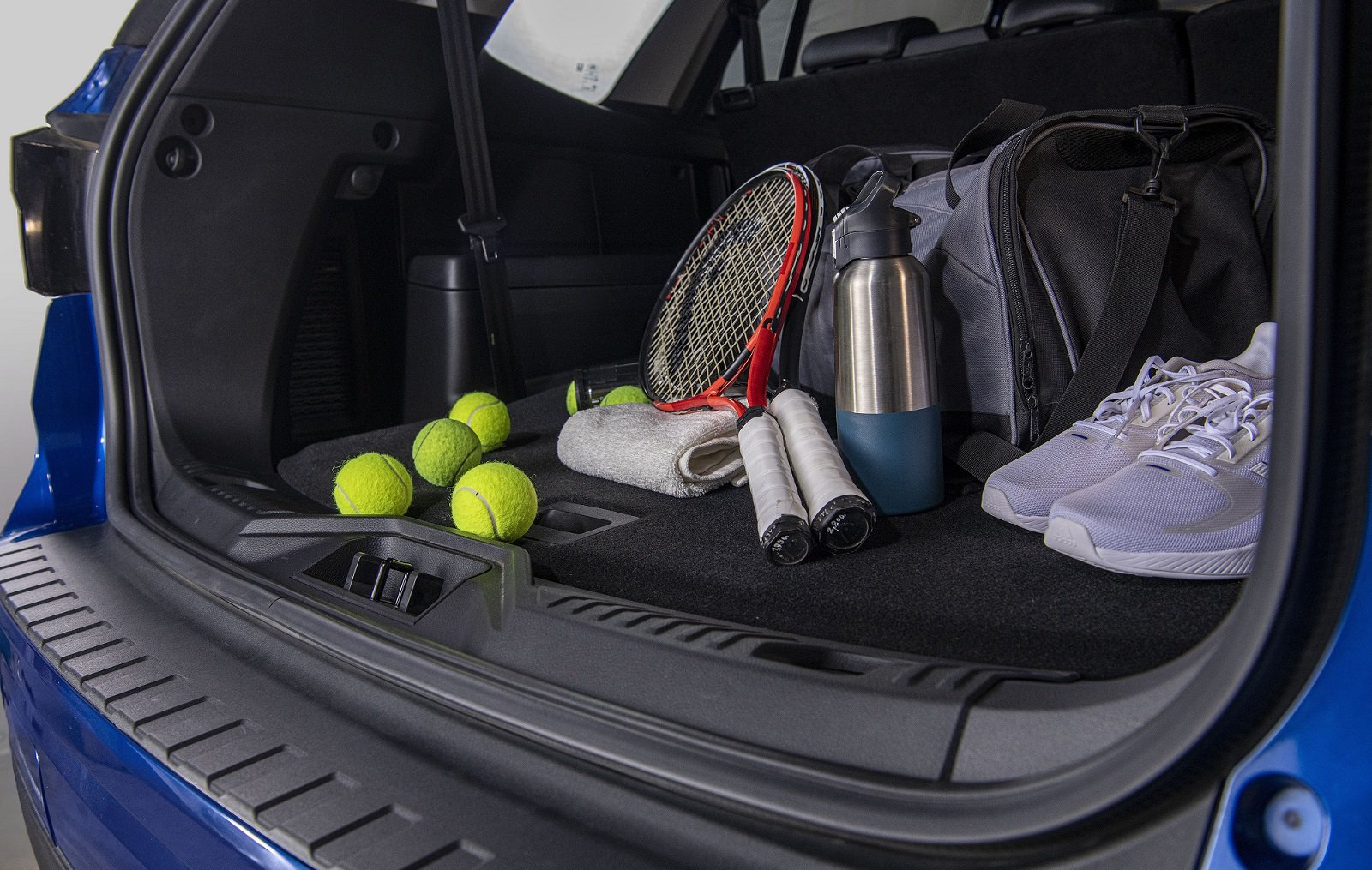
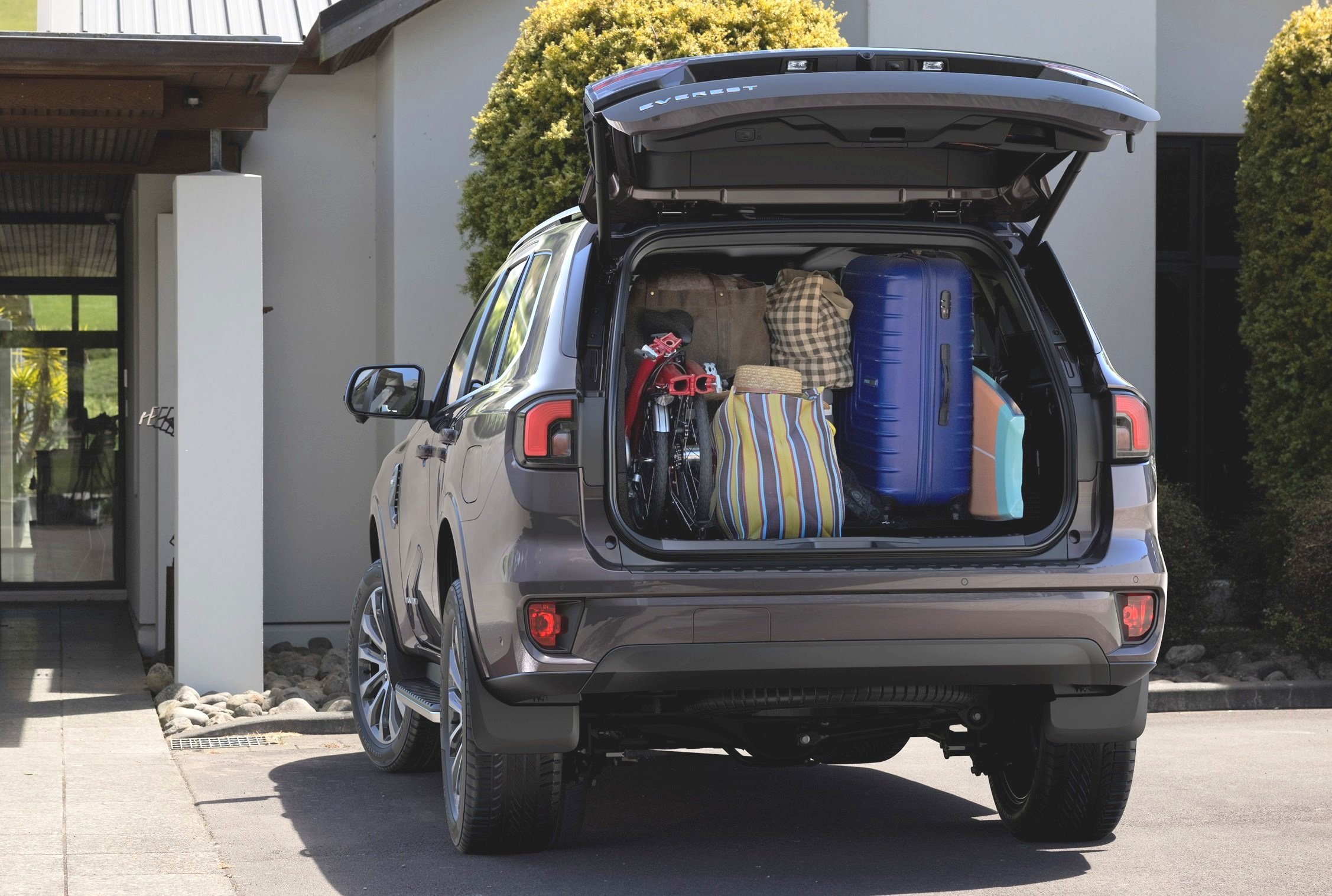




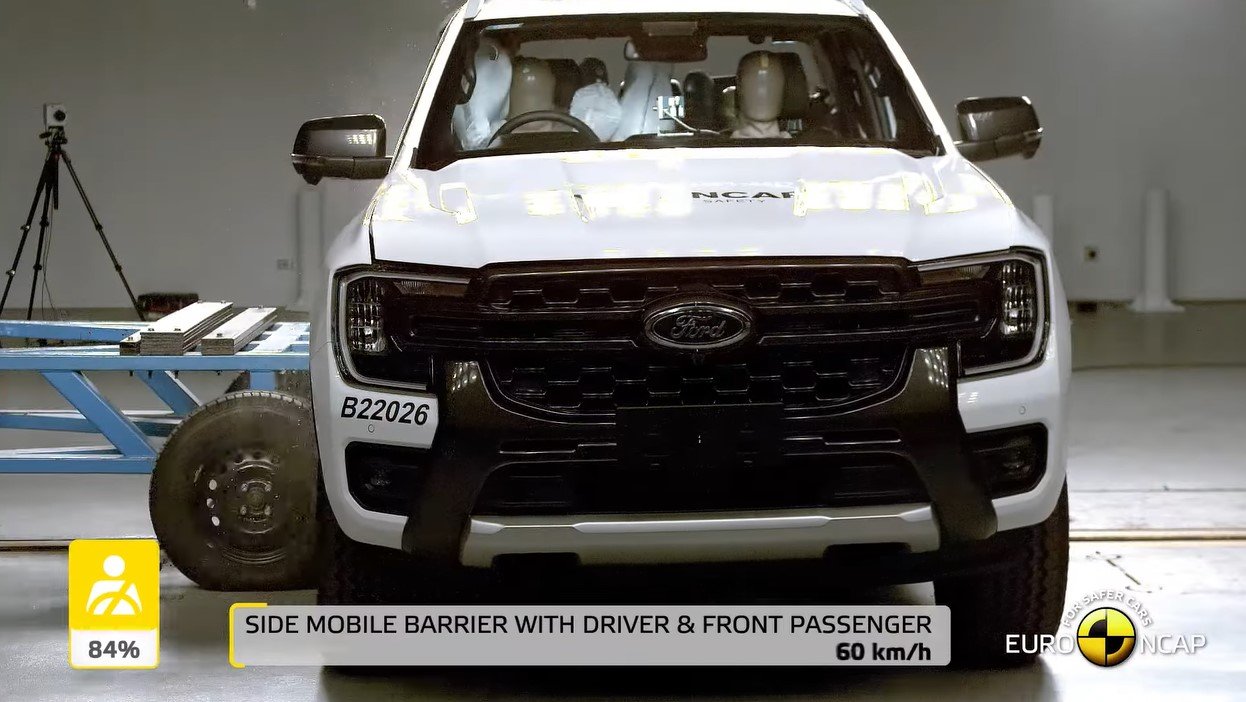
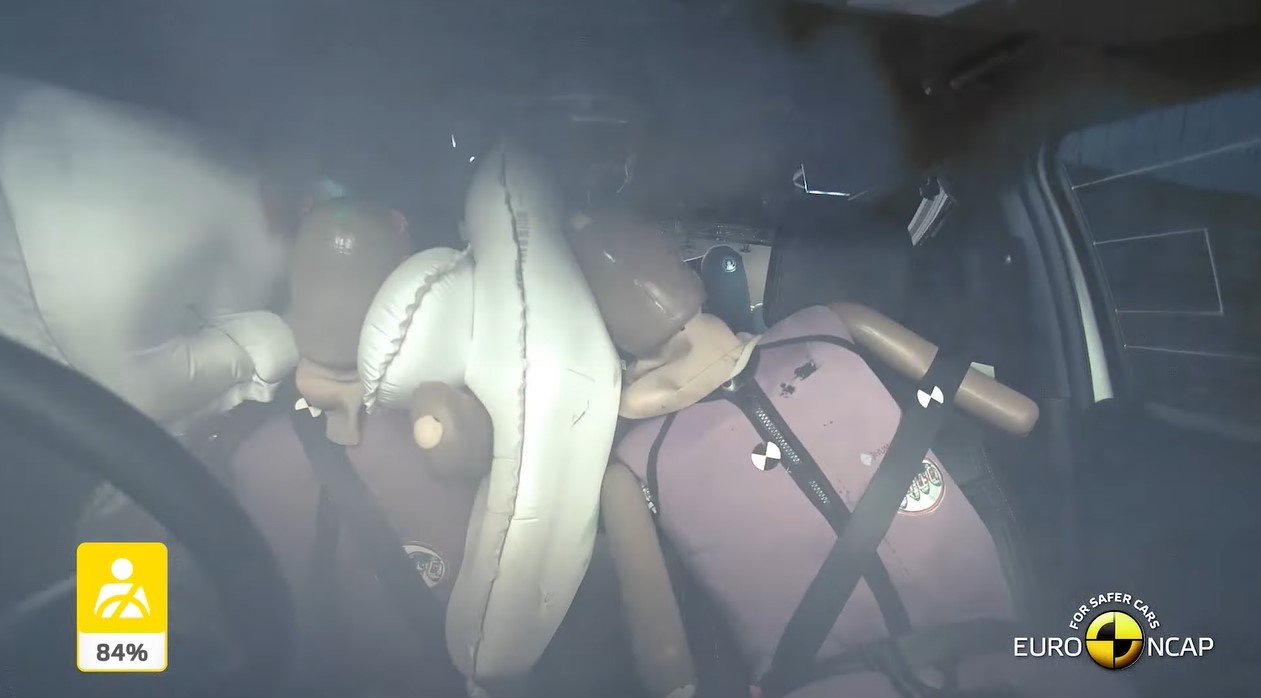


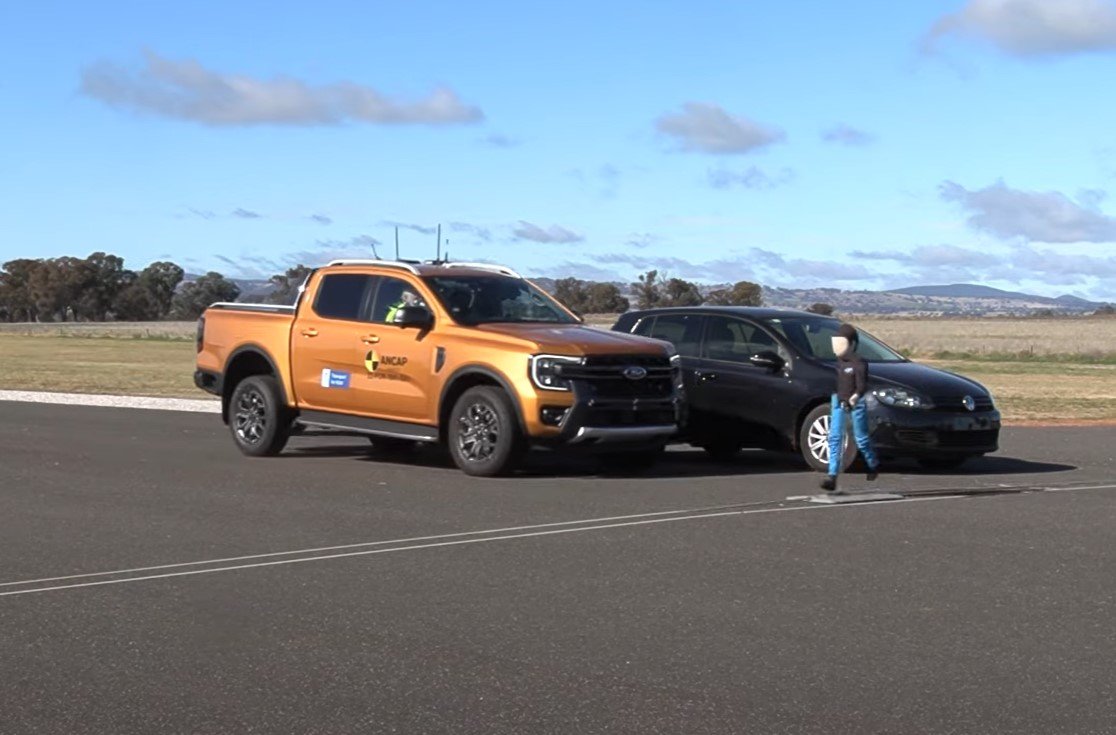
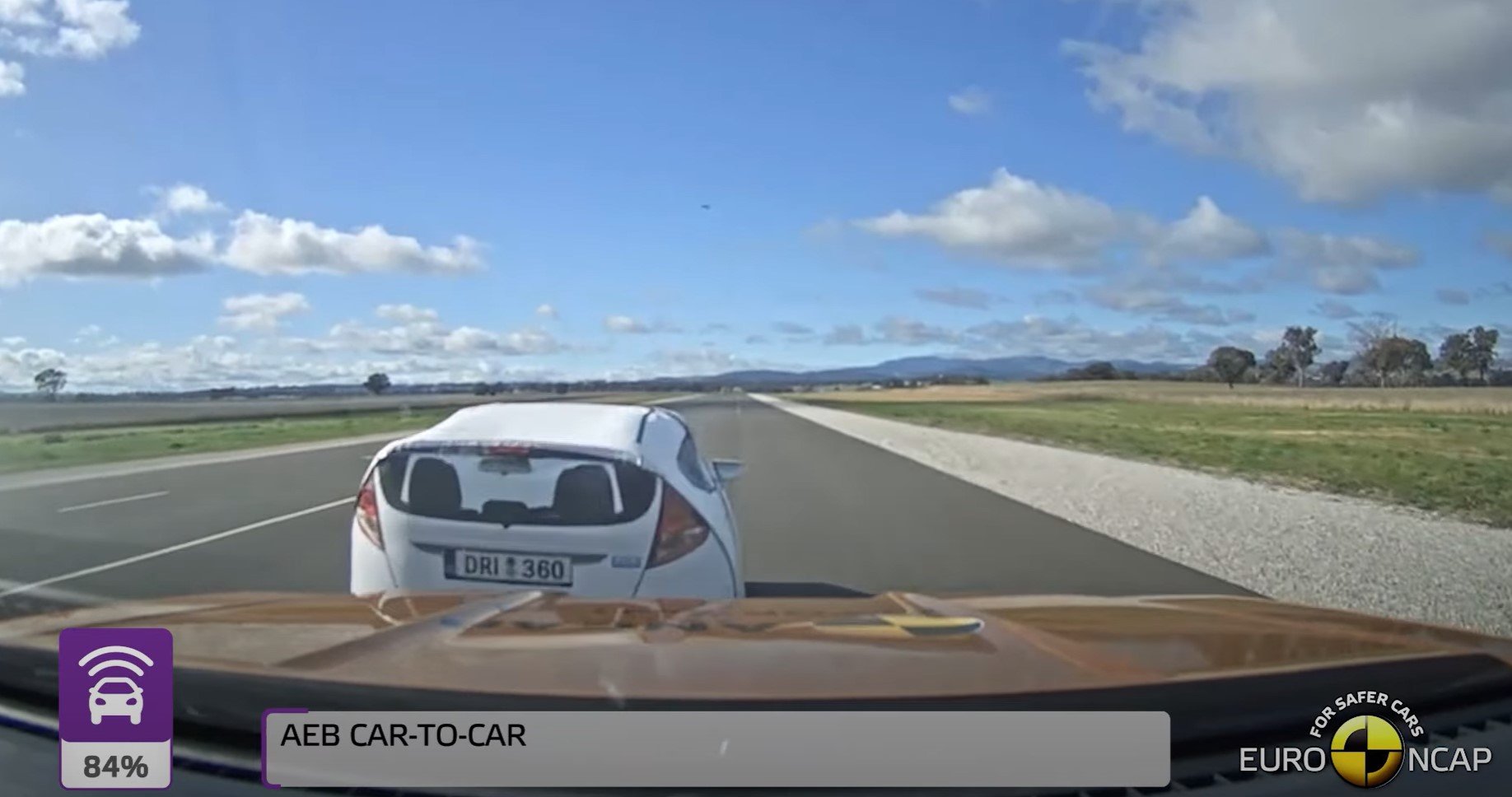
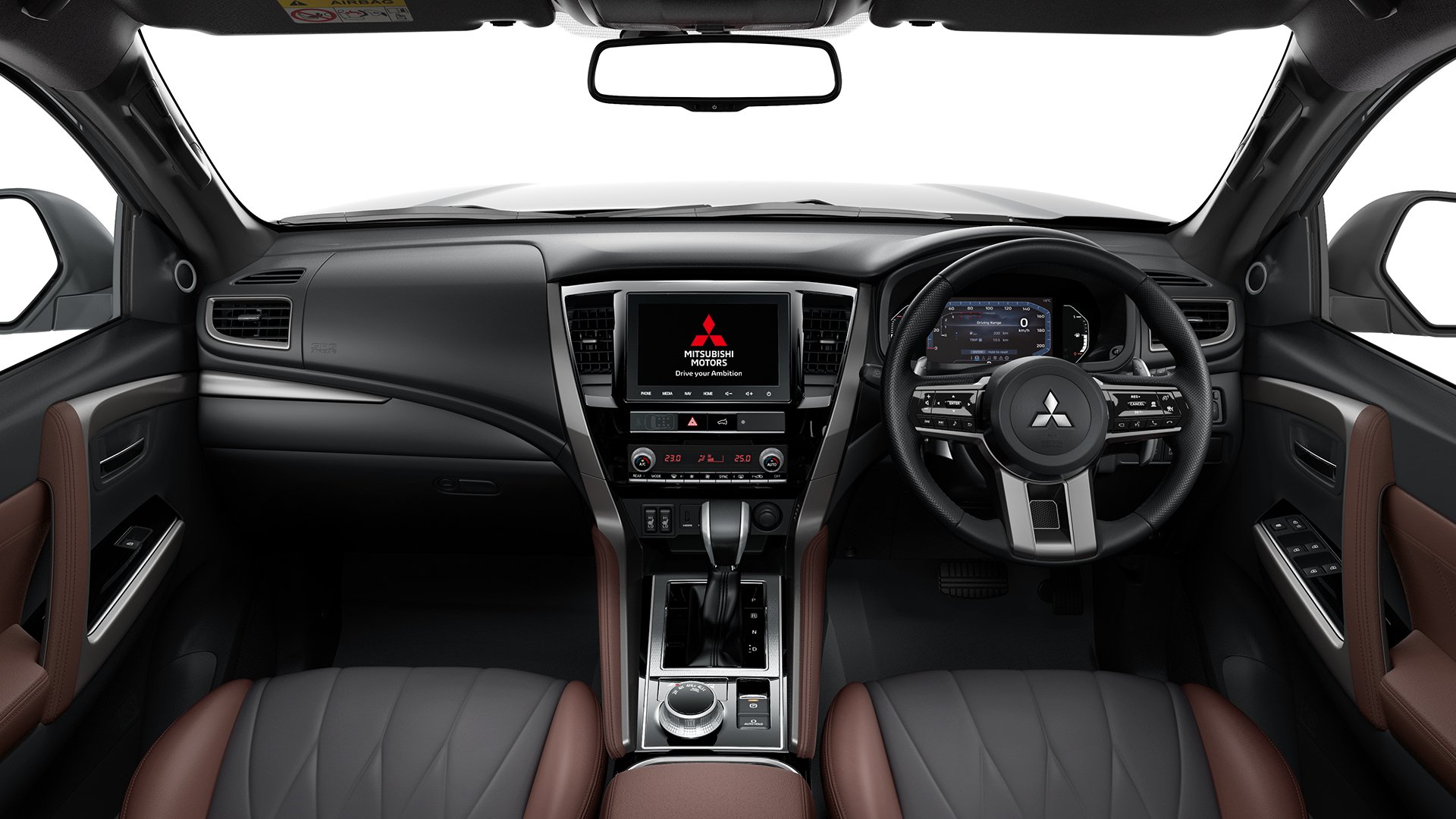
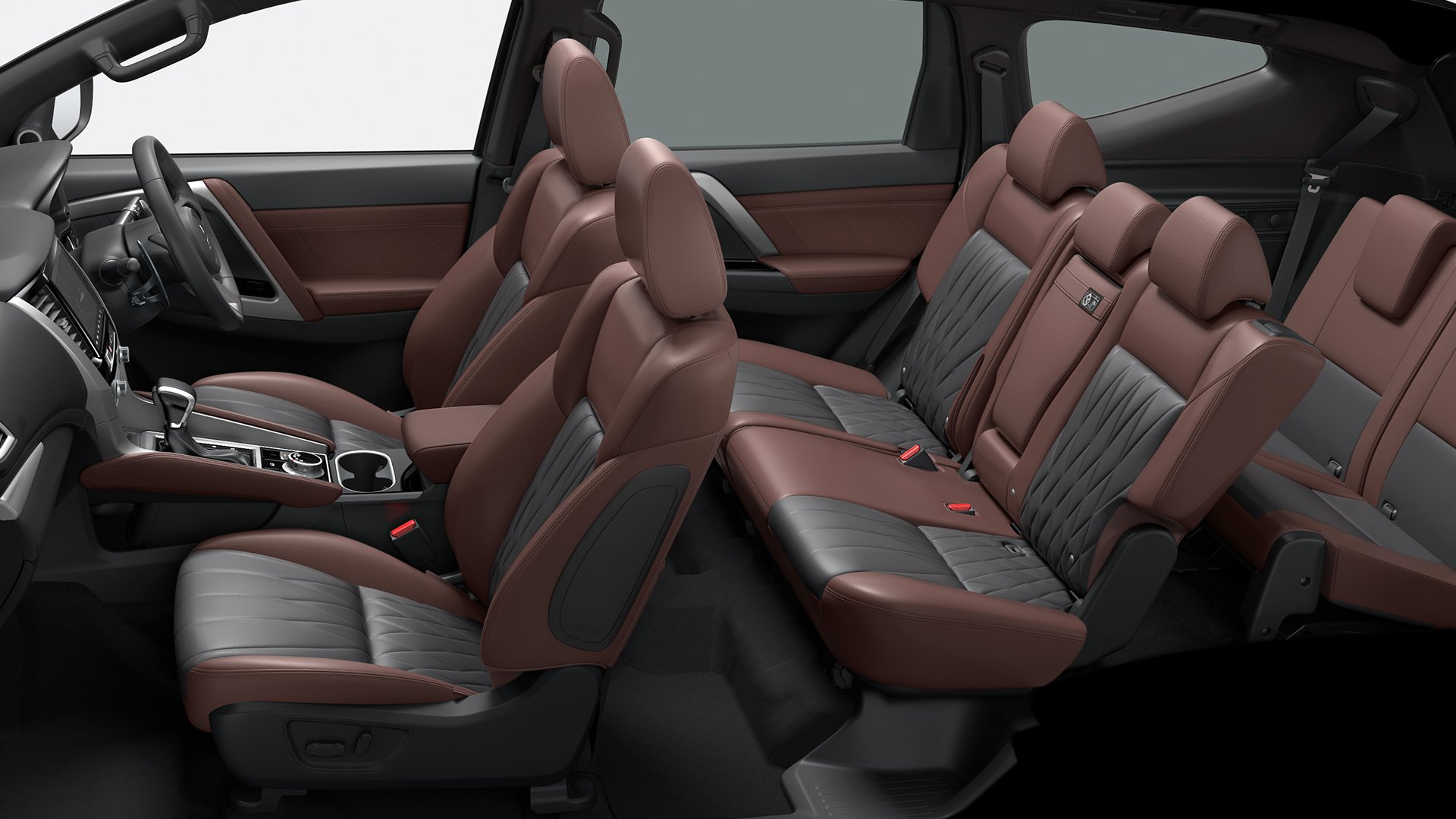



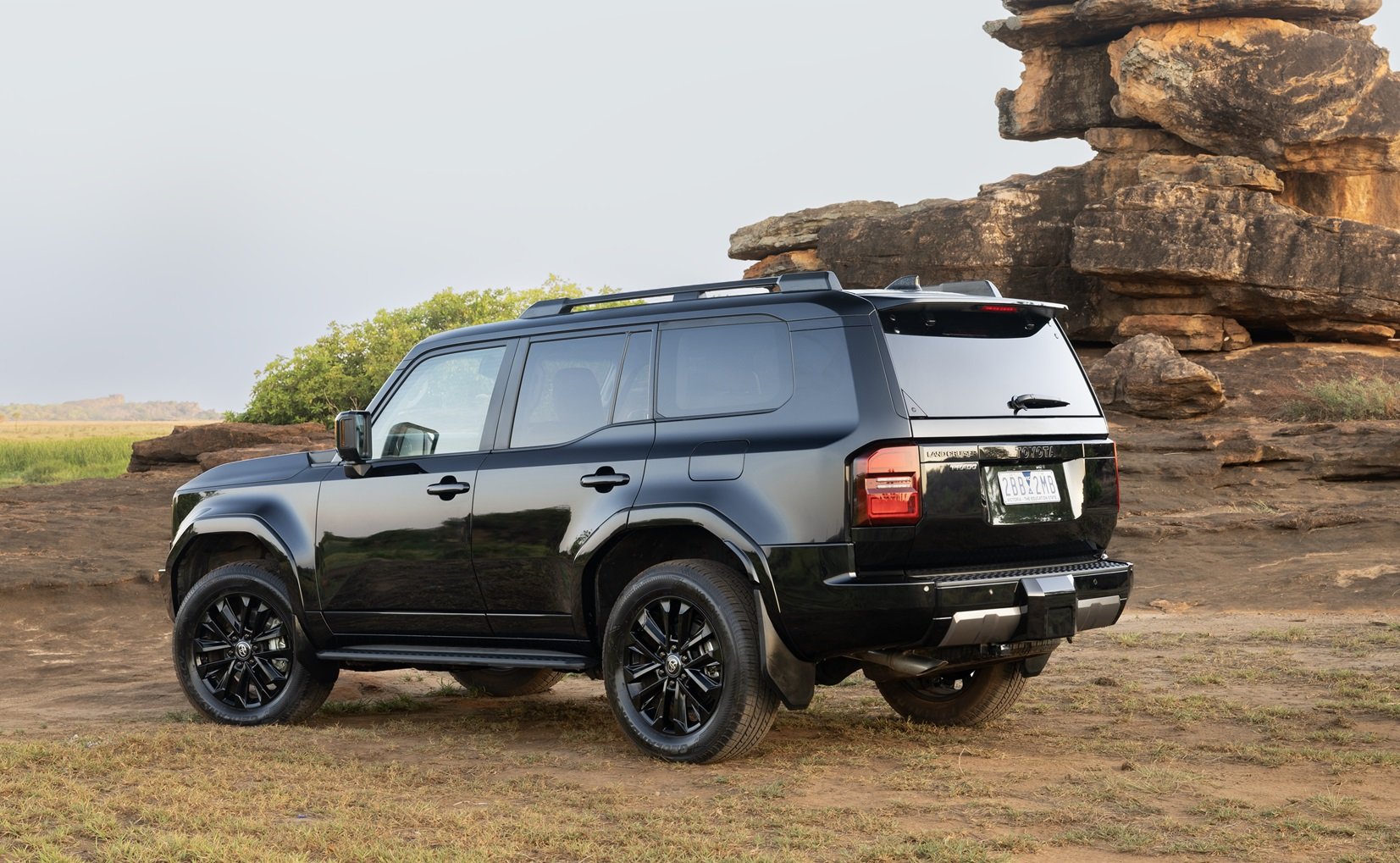
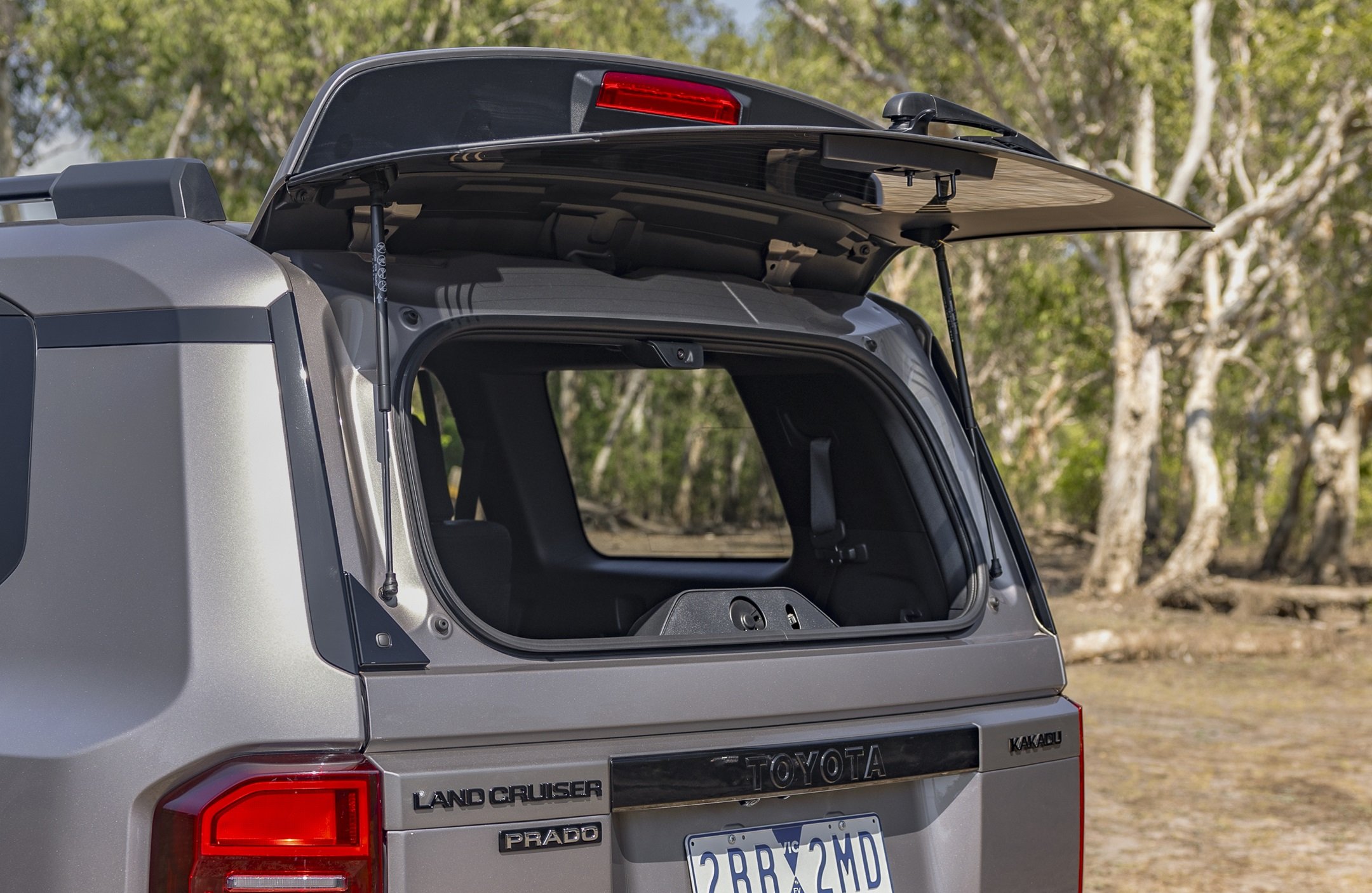
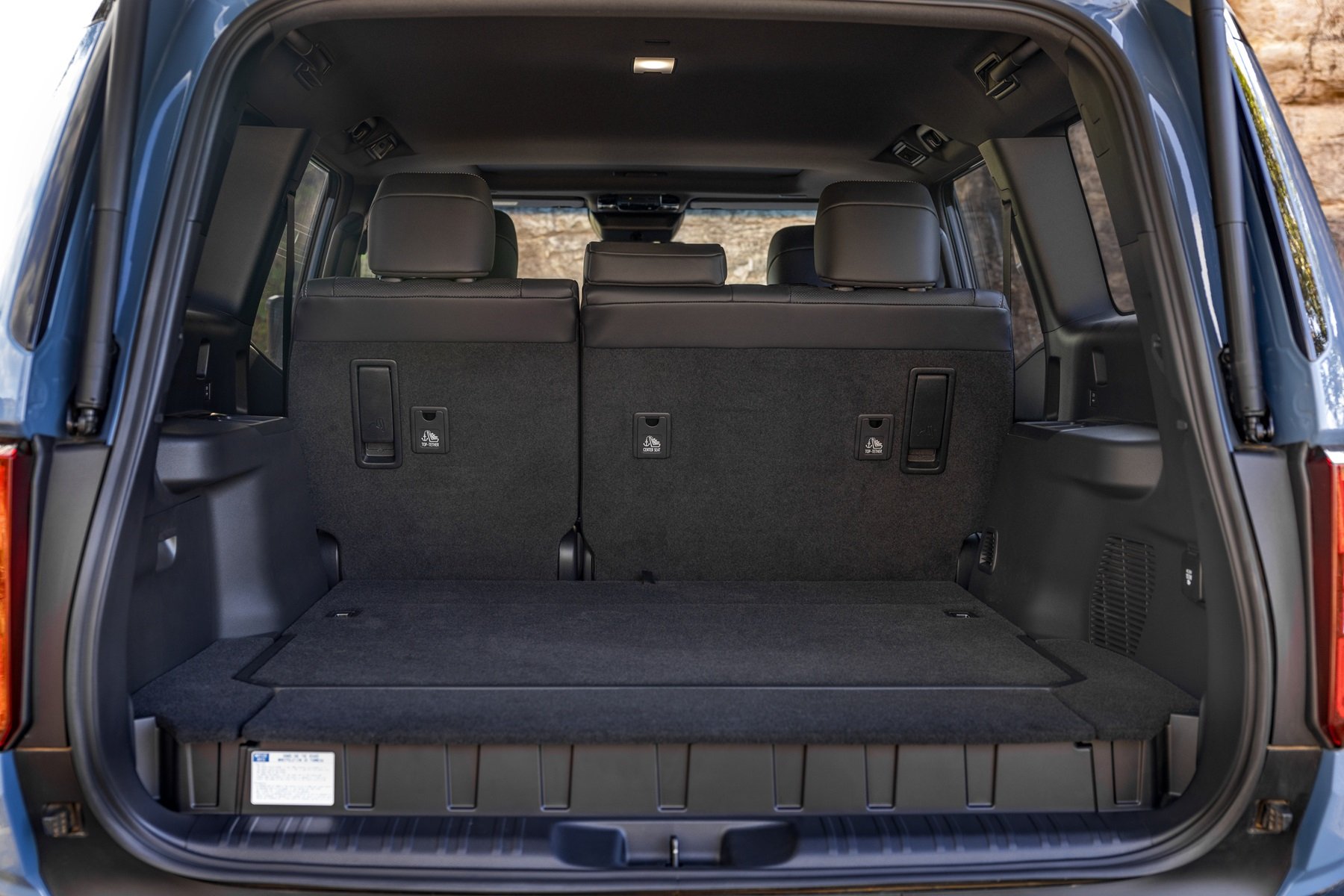
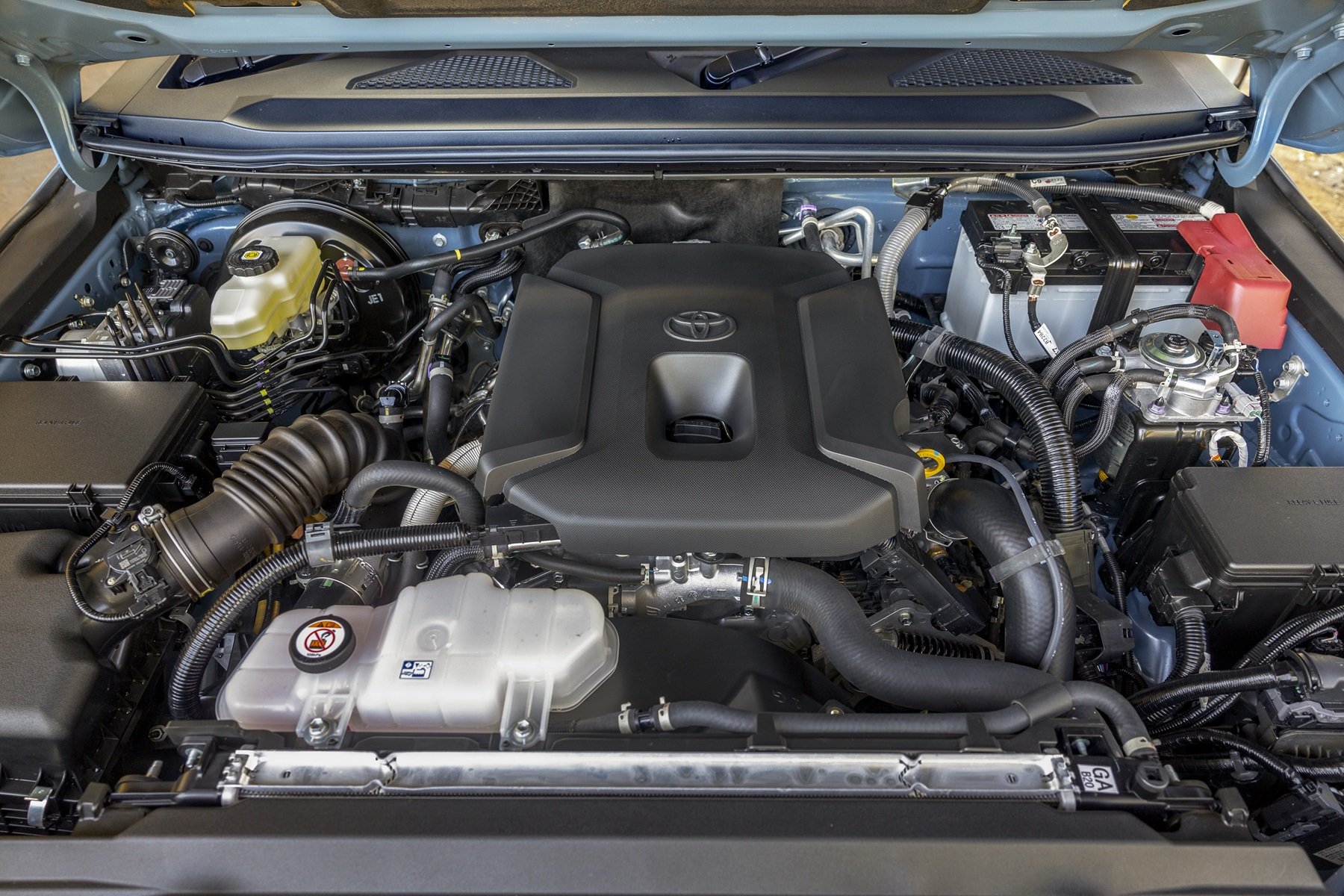




















The MG ZS is a small SUV that offers such strong value to most buyers that it should be on your shortlist be default, even when shopping for a used car. But given that no car is perfect, the price could easily distract from its drawbacks.